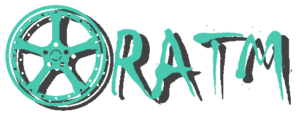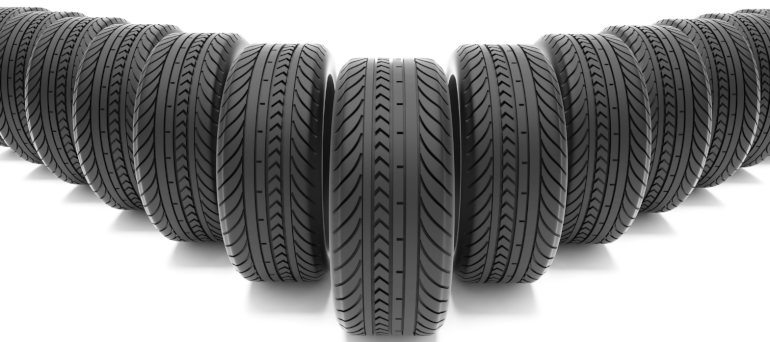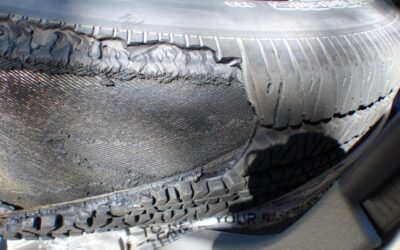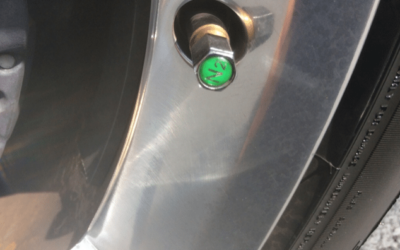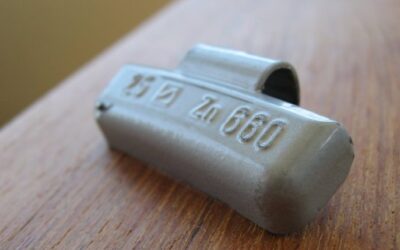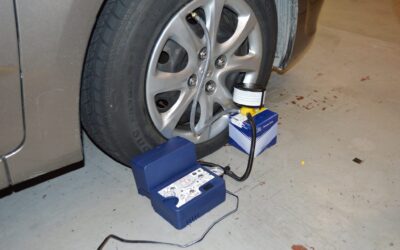Have you wondered what all of that information molded on the side of your tire is telling you? It says a lot of things about the tire. You might know what some of it means, but you may not know all of it. It is an alphanumeric code referred to as the Uniform Tire Quality Grade rating and it contains ratings for temperature resistance and traction, among other critical factors. This code may be somewhat difficult to understand, but it’s not rocket science. A little guidance is all it takes to understand them. So, let’s look closer at the tire codes & markings and attempt to break it down.
Geometry Of The Tire
Even though other tires may have their own unique code, our focus here will be automobile tires. Let’s look at a random tire code,
P195/50 R15 82H SL BSW
P – Passenger car tire. This designation could also be used on small truck tires; however, LT specifically represents a light truck tire. LT tires are usually used for heavier loads on heavier duty trucks. If there is no letter, the tire is a European metric tire.
195 – The overall width. It represents the widest point (sidewall to sidewall) in millimeters. This tire has a width of 195mm.
50 – The aspect ratio. This is a percentage of the height of the sidewall to the overall width of the tire. In this example, the sidewall height is 50% of the tire width, which is 195mm. In comparison, a sports car with shorter sidewalls would have a smaller aspect ratio; whereas an off-road vehicle with larger sidewalls would have a higher one.
R – A radial construction type tire. Most of the tires on the road today will carry this designation.
15 – The diameter of the rim in inches. We have a 15 inch diameter rim.

The code to this point defines the geometry of the tire. The rest of the code gives us some technical information about the tire.
Technical Aspects Of The Tire
The next few parts of the code represent the service description. It contains load and speed ratings of the tire. So, let’s see what our tire tells us.
82 – 82 is the maximum load-carrying capacity of the tire in pounds when inflated to its recommended pressure. In our case, an index of 82 has a capacity of 1047 pounds. Exceeding this weight could result in inadequate heat dissipation, and ultimately, tire failure.
H – This letter designation represents the maximum speed that the tire can withstand. Our tire has an “H” rating which corresponds to 130 mph. This speed rating is not only indicative of the tire’s handling ability, but also how it handles heat build-up at excessive speeds. E.g. high performance sport car usually carry Z mark. Check table below:
SL – Load Range. This tire is designated “SL” for Standard Load. The SL load range tells us that for a passenger vehicles, the recommended pressure should be 35 psi. A word of caution is necessary here. The maximum pressure molded on the tire is not the recommended pressure.
| Code | mph | km/h |
|---|---|---|
| L | 75 | 120 |
| M | 81 | 130 |
| N | 87 | 140 |
| P | 94 | 150 |
| Q | 100 | 160 |
| R | 106 | 170 |
| S | 112 | 180 |
| T | 118 | 190 |
| U | 124 | 200 |
| H | 130 | 210 |
| V | 149 | 240 |
| Z | over 149 | over 240 |
| W | 168 | 270 |
| (W) | over 168 | over 270 |
| Y | 186 | 300 |
| (Y) | over 186 | over 300 |
BSW – Black Sidewall. There may be several variations here.
WSW – White Sidewalls
M+S – Mud and Snow
M+T – Mud and Terrain
More Information
Every tire in the US has a DOT (Department of Transportation) code. This combination of letters and numbers tells us where the tire was manufactured, tire size, and tire specifications. There will be letter designations for wear, traction, and temperature. There will also be a four-digit number (two digits for the week and two digits for the year) designating when the tire was manufactured. All of these are required by the federal government.
In Summary
If you are buying a new car or just purchasing new tires, these ratings can be very important to you. There are countless variations that we haven’t discussed here. You may not need all of this information, but nonetheless, it is there. Hopefully, this guide will clear up some confusion and help you make a wise tire purchase.
